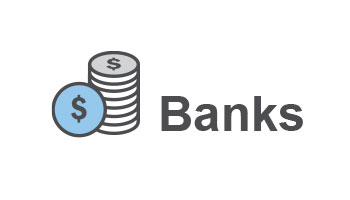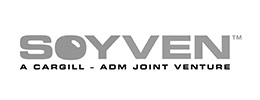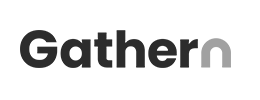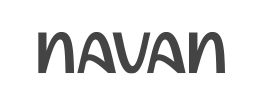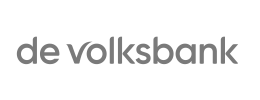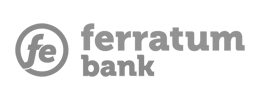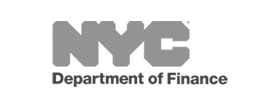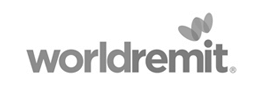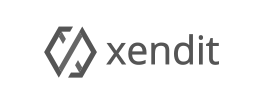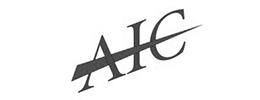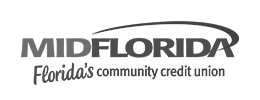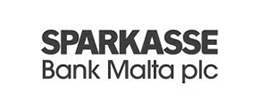How to create and control journal entry in account reconciliation
Journal entry (JE) is an essential element of the accounting craft. ReconArt, as a comprehensive account reconciliation solution, provides functionalities for journal entry creation and enhanced control. But let start form the basics.
What is a journal entry?
In the world of accounting, journal entries are newly created records of business transaction that result in changes in the accounts. These records trigger the accounting cycle and lay the foundation for sound financial reporting.
Using the technique of double-entry-accounting, every transaction is recorded twice – on the debit side and on the credit side. These mirror entries are then organized in the general ledger (GL). Without journal entries, it would be impossible to track the flow of money in and out of a business.
At the end of each month close, accountants perform account reconciliation, ensuring that the general ledger balance matches the sub-ledger balance and all business operations are accurately accounted for. Journal entries are inevitable byproduct of the period-end reconciliations because they mend potential inconsistencies in the account.
Elements and structure of journal entries
Bookkeepers create dozens of journal entries in every accounting period and it has become a daily routine. However simple, this operation is essential because errors at that point cascade down the account balances and become difficult to trace.
The requisites of a journal entry in general are:
- Date of creation
- Accounts affected (two or more for compound journal entries)
- Equal credit and debit amounts
- Description of the transaction (a narrative to provide a background)
Additionally, transaction reference numbers can supply the much-needed unique identifier for a conclusive match. In reconciliation, reference numbers bind line items together when they form a lump sums in the bank statement, for example. Alternatively, they can link debits and credits to prove that they balance each other out.
Types of journal entries
There are a couple of categories of journal entries. In accounting, we distinguish between them based on the timing of their creation or the purpose they serve in documenting business activities and events accurately.
- Adjusting entries are created at the end of the accounting period. Typically, they track unrecorded transactions and add context of the financial impact across accounts. Adjustments occur with recurring accruals or deferrals like asset depreciation, taxes, interest payments. Thus income and expenses are allocated accordingly. Additionally, correct omissions or errors in existing entries.
- Reversing entries are made in the beginning of the period to cancel out entries from previous periods.
- Transfers are applicable in intercompany accounting where exchanges within affiliated organizations must not distort the consolidated financial result.
- Opening and closing entries carry account balances across adjacent periods to secure reporting continuity.
Typically, adjusting entries are widely applied in account reconciliation. Here are some instances:
- Fees for banking services (or other services for that matter), partner arrangements, and the likes
- Receipts distributed across customer accounts for an accurate cash allocation
- Taxes and other deductions
Journal entry origination in the reconciliation process
In reconciliation specifically, JEs can be generated from a variety of sources, including matched and unmatched items.
Exceptions usually require creating JEs after the matching as part of the resolution. For example, JEs are the correcting counterparty of erroneous items such as double entries or mispostings. Similarly, the recognition of legitimate exception (expected ones, like fees and taxes) closes with a well-documented journal entry.
Alternatively, journals can be created prior to matching operations. ReconArt has expanded its functionality to generate JEs not just from exception transactions, but also from matched items, or even from items that are not part of the reconciliation process itself. But we’ll get to that later.
How to streamline the journal entry management?
When it comes to controlling adjustment items, audit readiness is the key consideration and objective. Above all, auditor target attempts to obscure irregularities through creative journaling. Auditors also scrutinize sample JEs for arbitrary recordkeeping and provide guidelines. Whether it’s about ill intentions or inadvertent error, journals tell the story.
To ensure that everything is above board, it’s essential to maintain a documentation trail that can be used to verify and justify any journal entries made. Additionally, there should be a clear chain of approval for all journal entries, with proper authorization in place.
To minimize the risk of human error or discretion, automation can be used to post journal entries directly to downstream systems. Templates set the approval path and timeframes. Organizations can maintain accurate and transparent accounting practices, reducing the risk of costly mistakes and legal issues.
ReconArt software functionalities to handle journal entry creation for efficient reconciliations
ReconArt is a total reconciliation lifecycle solution. It provides comprehensive functionalities to handle reconciliations efficiently from the early stages of account reconciliation like bringing data on-board, enriching and matching it, right to the export and reporting of the results. The Journal entries features wrap up the reconciliation process within the system.
Origination in every stage of the reconciliation
The Journals preparation and approval feature is directly linked with the Matching functionality, enabling a seamless process. You can link an existing matching filed to the journal field so the data will be automatically filled in from there. Depending on the case, optional balancing item creation and the offset of multiple items is feasible.
Automated journal creation is also available, allowing for the export of automatically flagged exceptions that fall within specific criteria set by users. All of this is done with the help of the Exceptions module, which automates categorization, sorting, and grouping of outstanding items.
Approval workflows
The platform supports multi-step approval workflows of JEs to ensure that proper independent review takes place. Accounts classification determines the length of approval chain according to account type and risk profile. Journals reaching a certain amount threshold are signed off by preconfigured review process. Multi-faceted configuration of the approval workflow is enabled, based on:
- user prerogatives,
- account classes (e.g. balance sheet, income statement, customer accounts, cash, suspense, reversal, bank, expenses),
- amount thresholds – higher implies higher risk.
ReconArt speeds up and streamlines the period-end close by timely posting of approved journals through an automated export function.
Export and integration with other accounting modules
As part of the Journal automation features in ReconArt, clear codes fill designated columns with specific values. Clear codes apply their rule when user-defined conditions are met. Primarily, they define the applicable approval chain. Also, clear codes label the transaction types for a straightforward processing by downstream systems.
ReconArt is an enterprise-class, entirely web-based platform, which is perfectly fits multinational or cross-functional teams that work remotely, yet collaborate intensively. The system support granular access right controls aligned with the respective user roles. The platform integrates with multiple external systems, especially with accounting and finance modules of ERPs.
ReconArt benefits for journal entry management in period-end reconciliations
When it comes to managing any process, control is crucial. That’s why setting up streamlined, scheduled operations and segregation of duties can be immensely beneficial. Now you can rebuild the Journal entry creation process within a system that understands everything related to financial reconciliations.
Plus, audit readiness is difficult to establish and maintain, but ReconArt accommodates fully documented reconciliations for 360-degree visibility. Workflows tick like a clockwork, never slipping a step or missing a deadline. Templates guide your steps and minimize the risk of errors.
The tedious activities of file pre-processing, manual data entry, formatting, and cleaning (e.g. something as hideous as line breaks removal) bother many bookkeeping teams. ReconArt empowers you to save a significant amount of time with the compounding positive effect of small automations across the board. Our software makes the creation of journals effortless.

 follow our blog
follow our blog